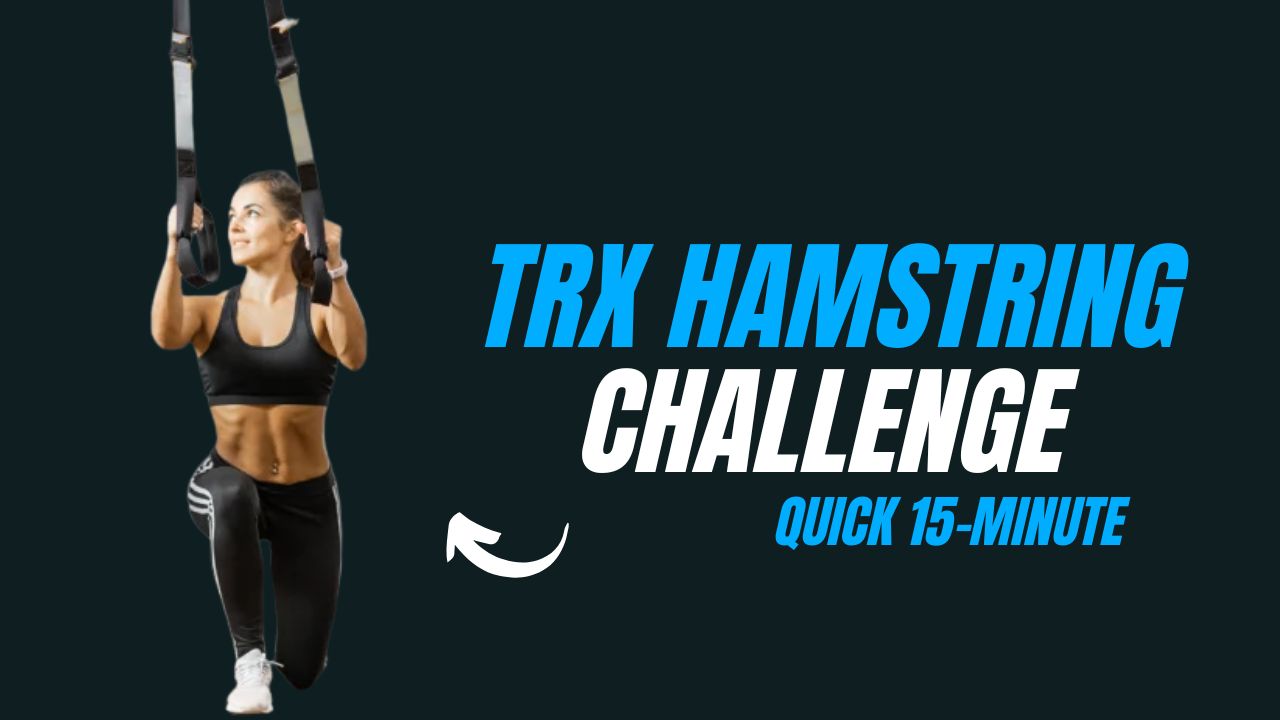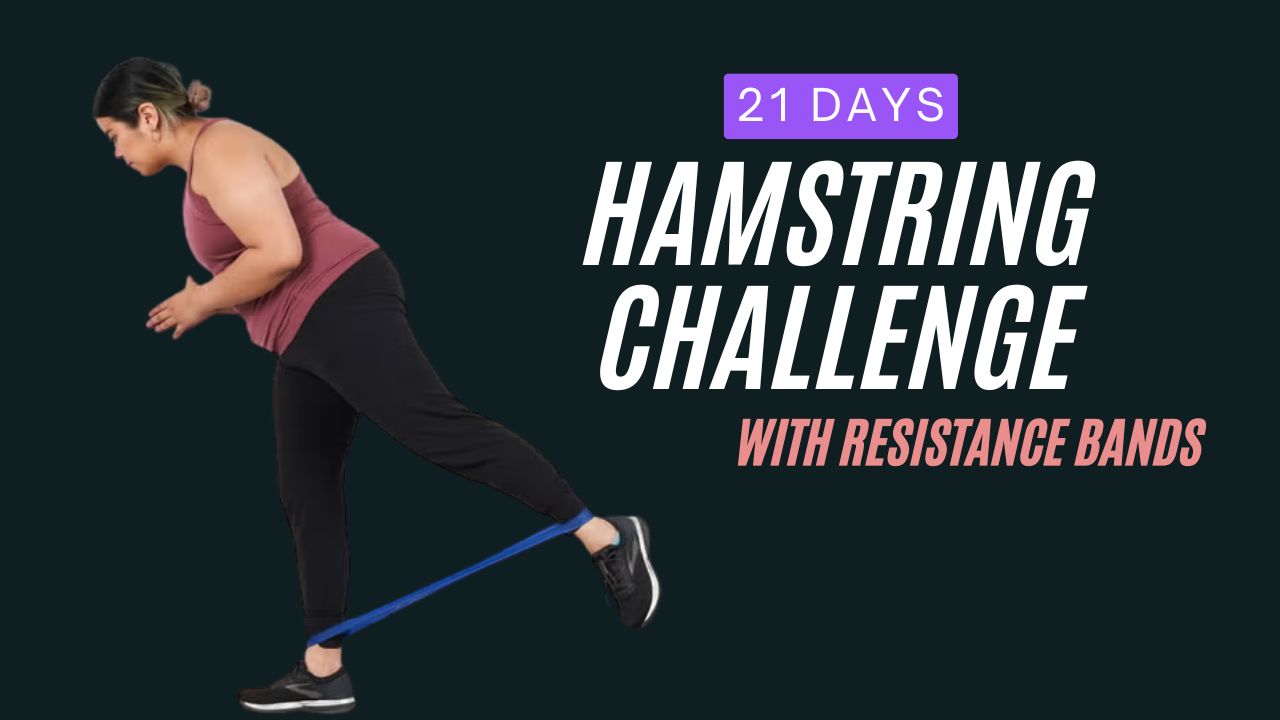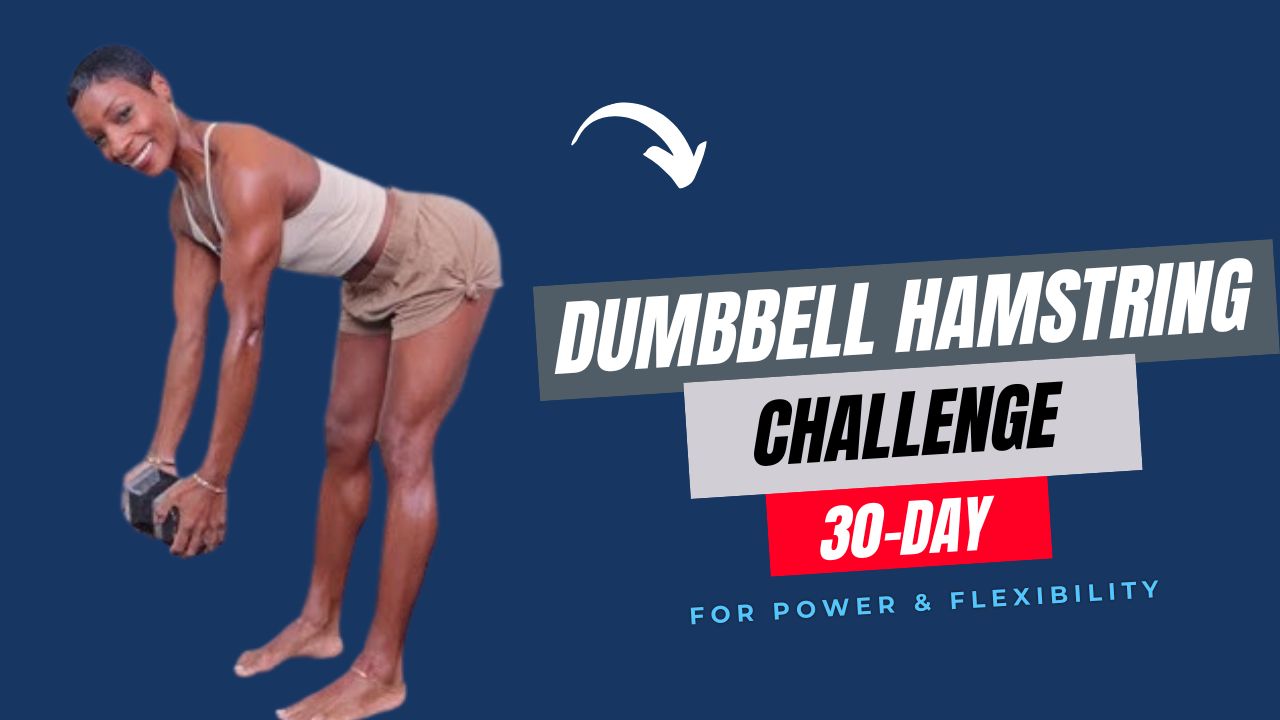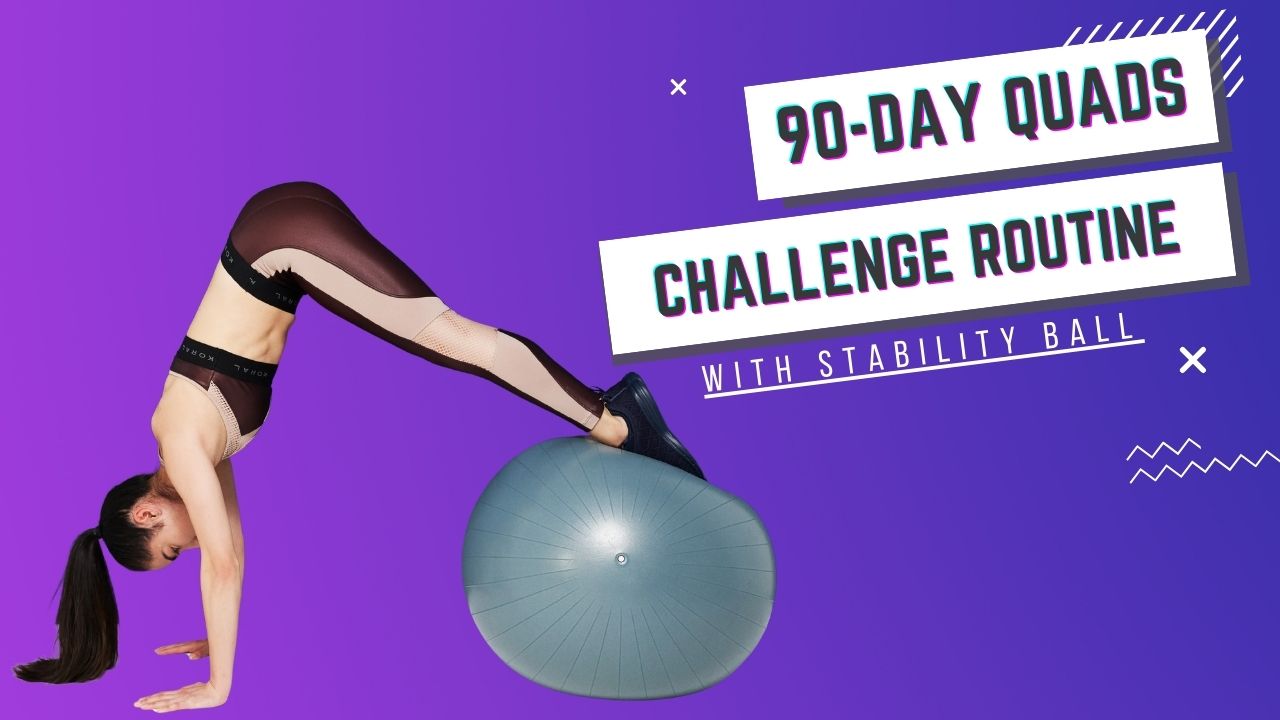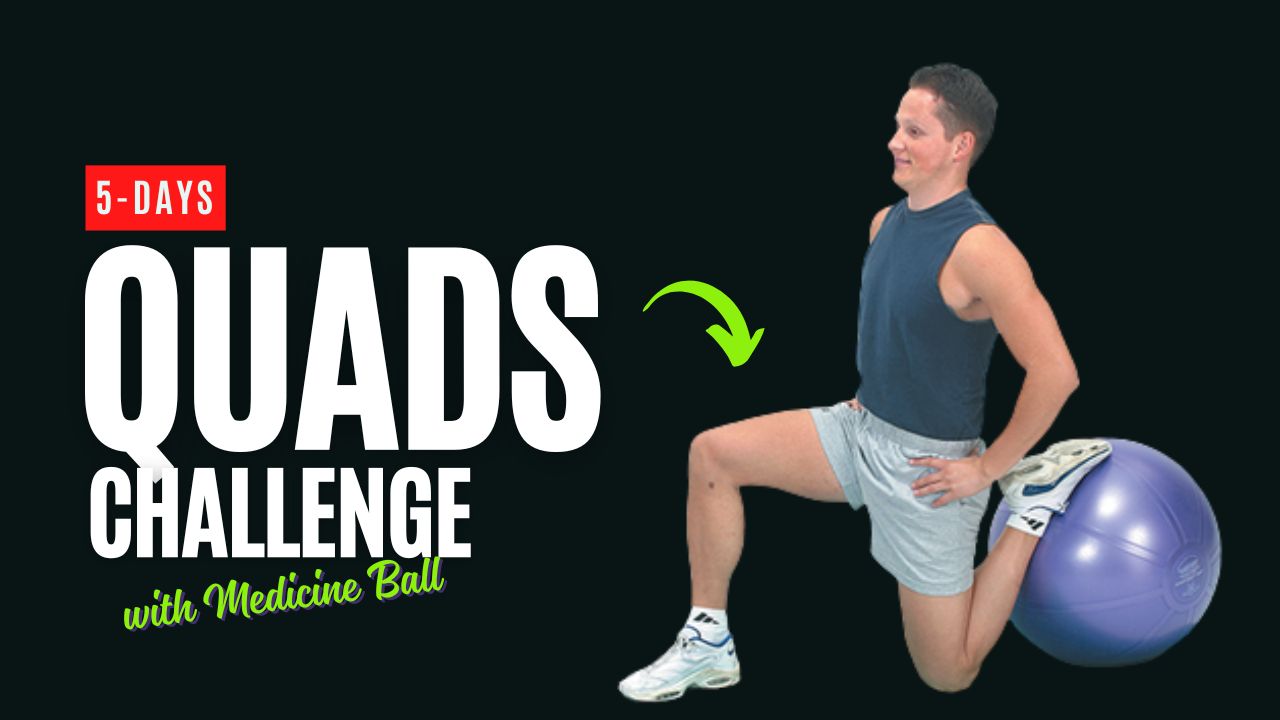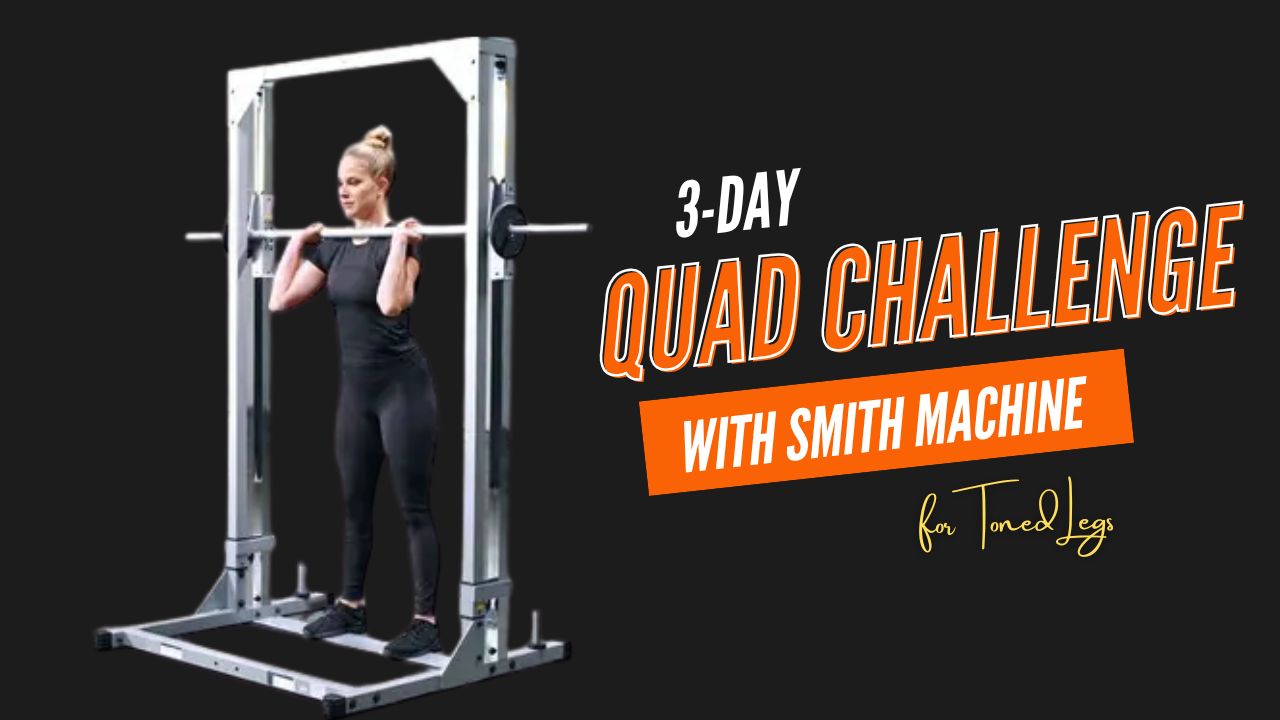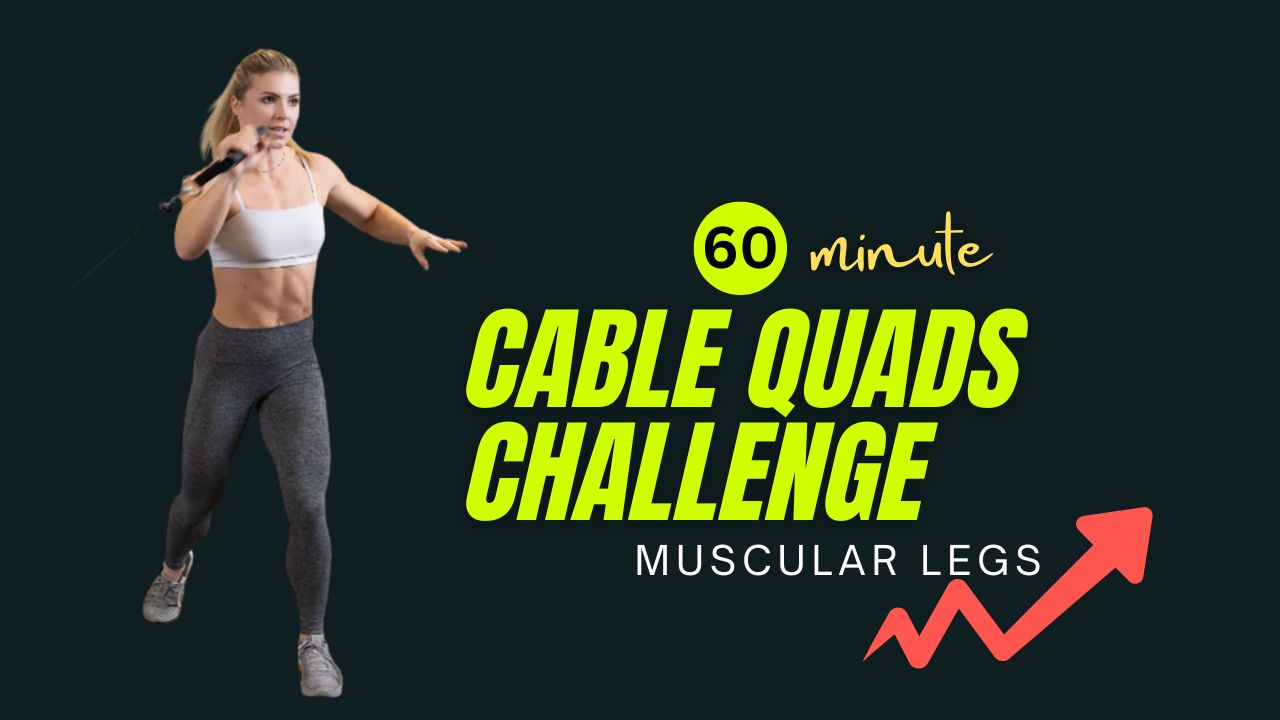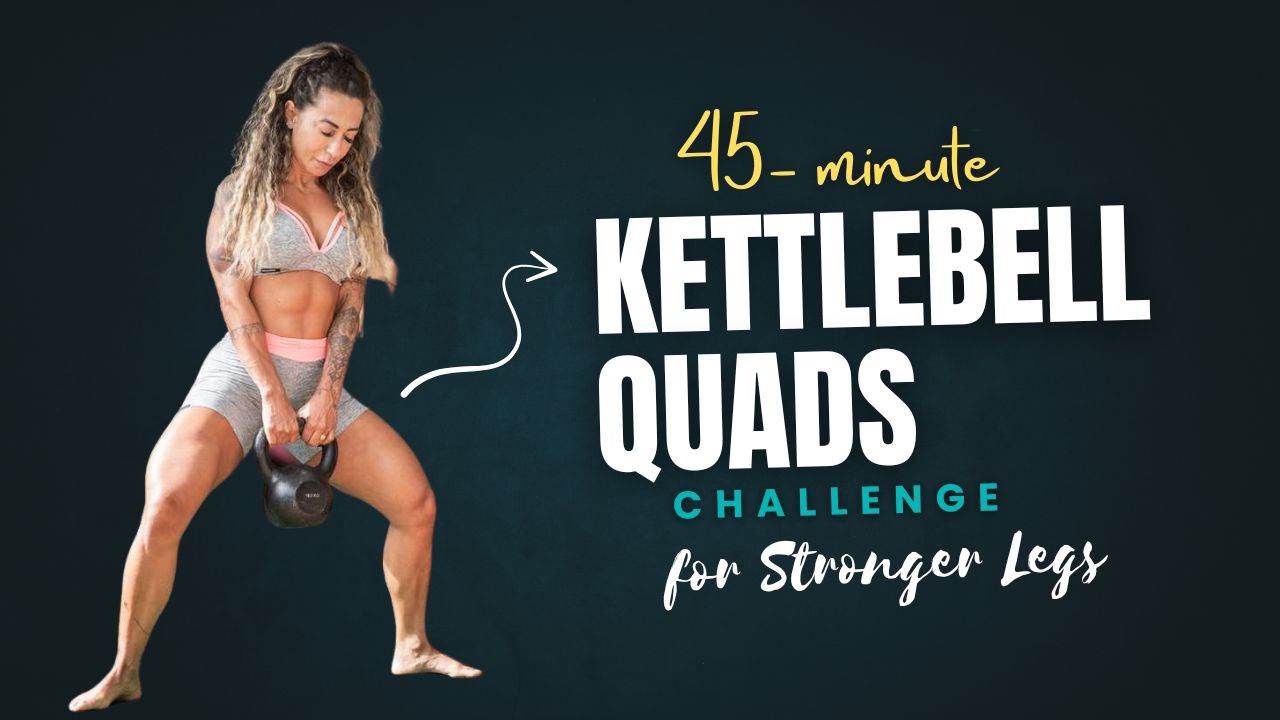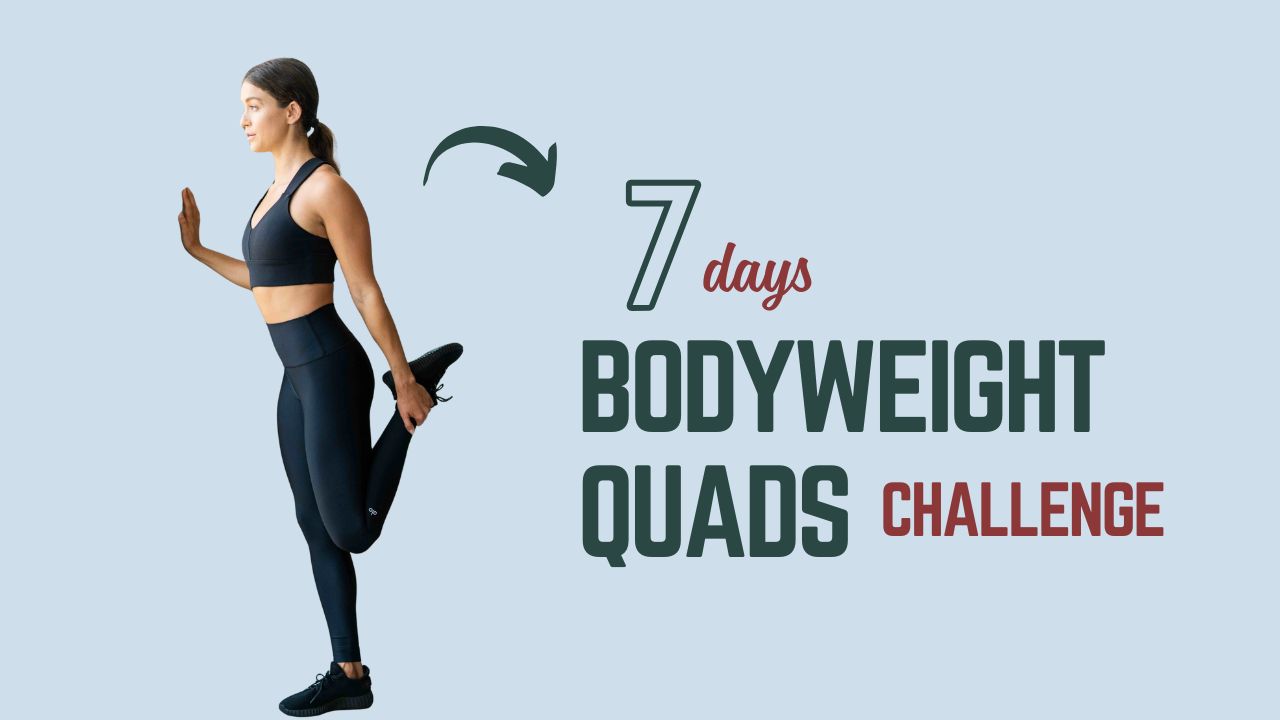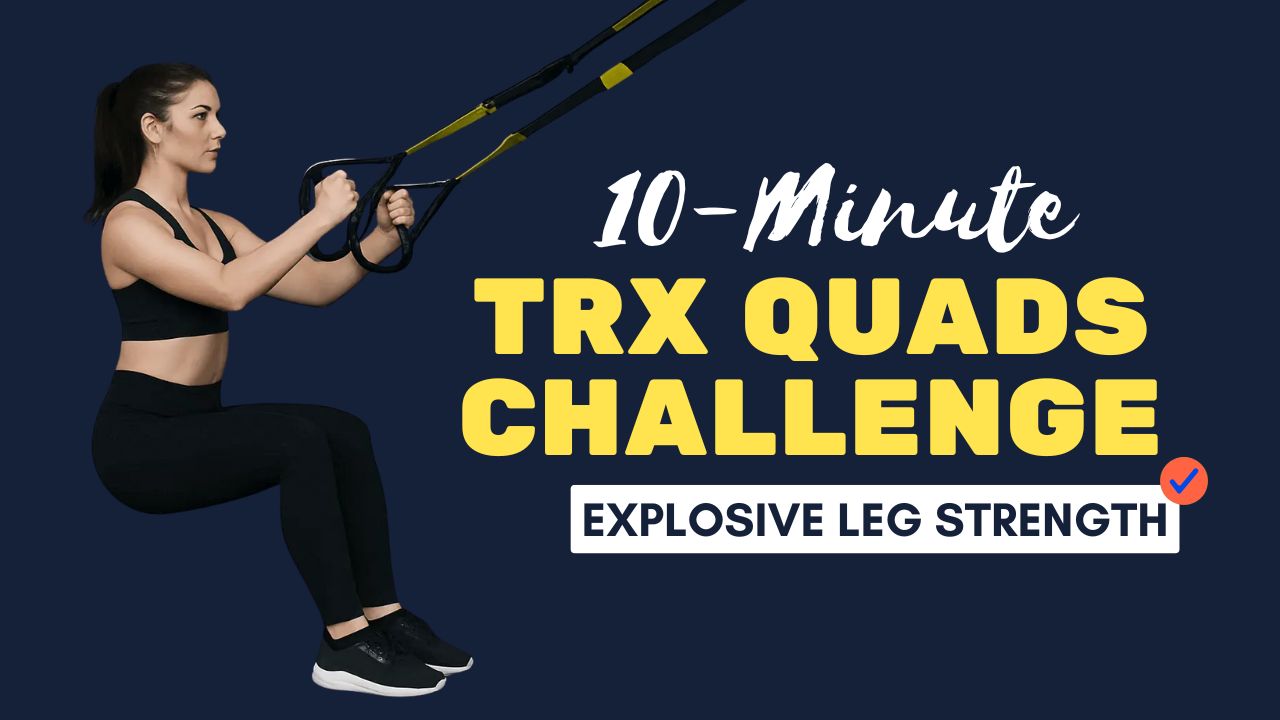Do you know that your quadriceps are the largest and most powerful muscles in your body? These four muscles on the front of your thighs don’t just help you squat or jump higher; they are responsible for stabilizing your knees, absorbing shock when you land, and generating explosive speed when you sprint. Many athletes, from sprinters to soccer players, owe their power to well-conditioned quads.
A common myth is that you need heavy barbells or expensive gym machines to build strong legs. In reality, your bodyweight is often enough.
With the right movements, tempo, and intensity, you can create a quad-focused circuit that rivals even the most advanced leg workouts in the gym.
In this guide, we’ll break down a 7-day bodyweight quads circuit designed for explosive leg strength. Each exercise comes with a clear description, a “how-to” section, and tips to maximize your performance. By the end, you’ll also have a structured workout challenge routine to follow for a full week.
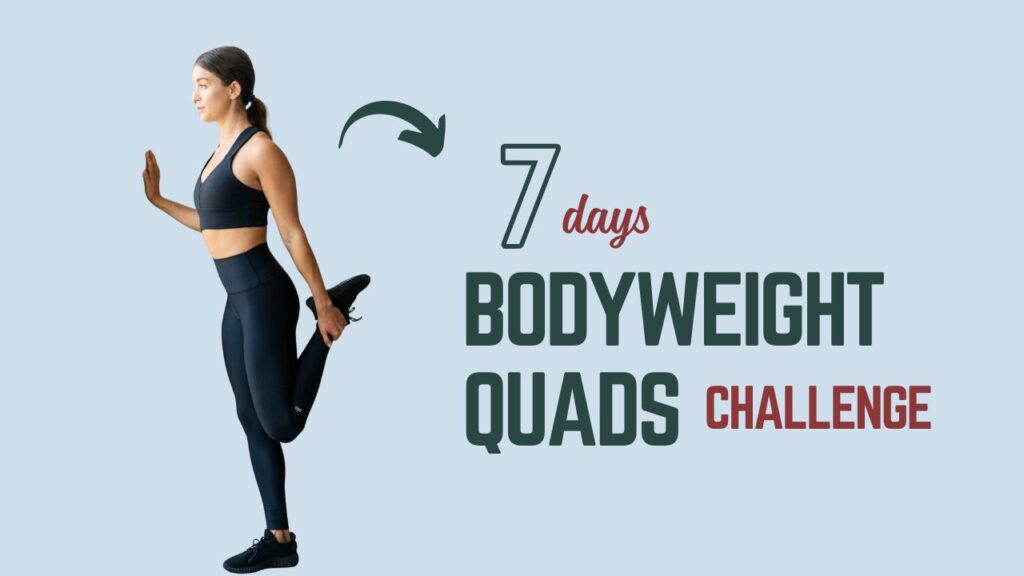
Table of Contents
Why Train Your Quads With Bodyweight Exercises?
Your quadriceps (rectus femoris, vastus lateralis, vastus intermedius, and vastus medialis) aren’t just for aesthetic definition; they are key players in:
- Knee health & injury prevention – Strong quads protect your ligaments.
- Athletic performance – Power in sprints, jumps, and agility drills all stem from your quads.
- Everyday strength – Walking up stairs, standing from a chair, or carrying groceries all engage the quads.
Another interesting fact: research shows that quad strength is directly linked to longevity and independence in older adults. The stronger your legs, the more mobile and healthier you remain as you age.
What Can Happen After 30 Days of This 7-Day Bodyweight Quads Circuit
| Category | Expected Changes / Benefits |
|---|---|
| Quad Strength | Noticeably stronger quadriceps; easier to perform squats, lunges, and stairs without fatigue. |
| Explosive Power | Improved jump height, sprint speed, and agility due to better neuromuscular coordination. |
| Endurance | Enhanced muscular endurance; longer wall sits and higher rep counts possible without fatigue. |
| Knee & Joint Health | Better knee stability and reduced risk of injuries through stronger supporting muscles. |
| Balance & Coordination | Improved single-leg stability and overall lower body coordination. |
| Aesthetic & Tone | More defined, leaner legs as quads, glutes, and hamstrings respond to consistent resistance. |
| Metabolic Boost | Increased calorie burn during and after workouts due to engagement of large muscle groups. |
| Confidence & Motivation | Sense of accomplishment and motivation to continue more advanced leg challenges. |
| Functional Strength | Easier performance in everyday activities like climbing stairs, standing from chairs, or carrying loads. |
| Habit Formation | Establishes a consistent workout routine and mindset for long-term fitness. |
Do’s and Don’ts for the 7-Day Bodyweight Quads Circuit
| Do’s | Don’ts |
|---|---|
| Warm up properly before each session (5–10 minutes of light cardio or dynamic stretches). | Skip the warm-up; jumping straight into intense exercises can cause injury. |
| Maintain proper form in every exercise to prevent knee or back strain. | Let your knees collapse inward or lean too far forward during squats and lunges. |
| Gradually increase reps, sets, or hold times as you progress. | Rush through exercises or increase volume too quickly. |
| Focus on controlled movements, especially in landing or lowering phases. | Bounce or jerk during squats, wall sits, or lunges. |
| Rest adequately between sets (30–60 seconds) and between workout days for recovery. | Train to exhaustion every day without rest—it can lead to overuse injuries. |
| Listen to your body; modify exercises if you have knee, hip, or ankle issues. | Ignore pain signals and continue painful movements. |
| Include stretching or foam rolling after workouts to improve flexibility and recovery. | Skip post-workout recovery; tight muscles increase risk of injury. |
| Challenge yourself with progressive variations (assisted pistol squats → full pistol squats). | Stick only to basic exercises without progression, which limits results. |
The Exercises: Bodyweight Quad Builders
Below are the essential exercises in this 7-day circuit. Each includes a description and a practical step-by-step “how-to.”
1. Jump Squats
Description: Jump squats are a plyometric powerhouse that develops explosive strength in the quads while also engaging your calves and glutes.
How to:
- Stand with feet shoulder-width apart.
- Lower into a squat, keeping your chest up and knees tracking over your toes.
- Push through your heels and explode upward into a jump.
- Land softly by bending your knees and immediately transition into the next squat.
Tip: Focus on landing softly to reduce stress on your knees.
2. Bulgarian Split Squats
Description: A unilateral exercise that isolates one leg at a time, helping you build strength balance while hammering the quads.
How to:
- Stand facing away from a bench or sturdy surface.
- Place the top of one foot on the surface behind you.
- Lower your body into a lunge position until your front thigh is nearly parallel to the floor.
- Push back up through your front heel to return to standing.
- Repeat on the other leg.
Tip: Keep your torso upright to maximize quad activation.
3. Step-Ups
Description: Step-ups simulate climbing and are excellent for building functional quad power.
How to:
- Find a bench, box, or sturdy platform around knee height.
- Step onto the platform with one foot, driving through your heel.
- Bring the other foot up to meet it.
- Step back down with control and repeat.
Tip: Avoid pushing off with your trailing foot—make your working leg do all the work.
4. Sissy Squats (Bodyweight Version)
Description: A challenging move that isolates the quads by shifting emphasis away from the hips and glutes.
How to:
- Stand tall with feet hip-width apart.
- Rise onto the balls of your feet, lean slightly backward, and bend your knees.
- Lower yourself as far as your balance allows, keeping your body in a straight line.
- Return to standing by driving through your quads.
Tip: Hold onto a wall or sturdy surface for balance if needed.
5. Wall Sit
Description: The wall sit isometric hold builds endurance in the quads and trains them to stay under tension for longer periods.
How to:
- Stand with your back against a wall.
- Slide down until your knees are bent at 90 degrees, thighs parallel to the floor.
- Hold this position as long as possible, keeping your core engaged.
Tip: Don’t let your hands rest on your thighs—keep them by your sides or overhead for an extra challenge.
6. Walking Lunges
Description: A moving lunge variation that not only strengthens the quads but also challenges balance and coordination.
How to:
- Stand upright with feet hip-width apart.
- Step forward with one leg and lower into a lunge.
- Push off your back foot to bring it forward into the next lunge.
- Continue alternating legs as you “walk” forward.
Tip: Take long, controlled steps for maximum engagement.
7. Single-Leg Squat to Bench (Assisted Pistol Squat)
Description: Pistol squats are extremely quad-dominant but difficult. This assisted version makes it more approachable.
How to:
- Stand in front of a bench with one leg extended forward.
- Slowly lower yourself until you sit lightly on the bench.
- Push through your standing leg to return to standing.
- Switch legs after completing your reps.
Tip: Use your arms for balance and control the lowering phase.
8. Calf Raise to Squat Combo
Description: This move combines calf strength with deep quad engagement, boosting overall lower body explosiveness.
How to:
- Stand with feet shoulder-width apart.
- Rise onto the balls of your feet for a calf raise.
- Immediately lower into a deep squat.
- Return to standing and repeat.
Tip: Keep movements fluid and controlled—avoid bouncing.
The 7-Day Bodyweight Quads Circuit Challenge
Now that you know the moves, here’s how to structure them into a progressive 7-day routine.
Duration & Format
- Each workout lasts 25–35 minutes.
- Perform each exercise for 3–4 sets.
- Rest 30–60 seconds between sets.
- Increase intensity each day with added reps, holds, or time under tension.
Day-by-Day Routine
Day 1 (Strength Foundation):
- Bulgarian Split Squats – 3×12 each leg
- Step-Ups – 3×12 each leg
- Wall Sit – 3x 45 seconds
Day 2 (Explosive Power):
- Jump Squats – 4×15
- Walking Lunges – 3×20 steps
- Calf Raise to Squat Combo – 3×15
Day 3 (Endurance Burn):
- Sissy Squats – 3×10
- Wall Sit – 4x 60 seconds
- Step-Ups – 3×15 each leg
Day 4 (Active Recovery & Mobility):
- Light Walking Lunges – 2×12 each leg
- Deep Bodyweight Squats – 3×15
- Quad Stretches & Foam Rolling – 10 minutes
Day 5 (Strength + Explosiveness):
- Bulgarian Split Squats – 4×10
- Jump Squats – 4×12
- Single-Leg Squat to Bench – 3×8 each leg
Day 6 (Endurance & Hold):
- Walking Lunges – 3×20
- Wall Sit – 4x 75 seconds
- Sissy Squats – 3×12
Day 7 (Challenge Day):
Circuit style (3 rounds, minimal rest):
- Jump Squats – 15 reps
- Bulgarian Split Squats – 10 each leg
- Step-Ups – 12 each leg
- Wall Sit – 60 seconds
- Single-Leg Squat to Bench – 8 each leg
Workout Challenge Table
| Day | Focus | Exercises | Sets/Reps | Rest |
|---|---|---|---|---|
| 1 | Strength Foundation | Bulgarian Split Squats, Step-Ups, Wall Sit | 3–4 sets, 10–15 reps | 30–60 sec |
| 2 | Explosive Power | Jump Squats, Walking Lunges, Calf Raise to Squat | 3–4 sets, 12–20 reps | 45 sec |
| 3 | Endurance Burn | Sissy Squats, Wall Sit, Step-Ups | 3–4 sets | 45–60 sec |
| 4 | Active Recovery | Light Lunges, Deep Squats, Stretching | 2–3 sets | Minimal |
| 5 | Strength + Explosiveness | Bulgarian Split Squats, Jump Squats, Assisted Pistol Squat | 3–4 sets | 45 sec |
| 6 | Endurance & Hold | Walking Lunges, Wall Sit, Sissy Squats | 3–4 sets | 30–45 sec |
| 7 | Challenge Day | Full Circuit (5 moves) | 3 rounds | Minimal |
Conclusion: Keep the Momentum Going
Training your quads with bodyweight exercises isn’t just about building strength—it’s about unlocking speed, stability, and resilience that carries over into every activity you do.
This 7-day bodyweight quads circuit gives you the perfect balance of strength, endurance, and explosive power, showing that you don’t need heavy weights to create real results.
But here’s the real challenge: don’t stop after 7 days. Think of this as your foundation week. From here, you can:
- Repeat the 7-day circuit for another 2–3 weeks, gradually increasing reps, sets, or hold times.
- Progress the exercises (e.g., move from assisted pistol squats to full pistol squats, or extend wall sits from 60 seconds to 2 minutes).
- Add variety by mixing in sprints, jump variations, or resistance bands for an extra push.
If you continue this circuit and challenge yourself to improve every week, you’ll notice stronger, leaner, and more explosive legs within a month. And the best part? You’ll have built lasting strength without needing a single machine or dumbbell.
Frequently Asked Questions (FAQs)
Can bodyweight exercises really build strong quads without weights?
Yes. Bodyweight exercises like jump squats, Bulgarian split squats, and lunges can effectively strengthen the quads by applying resistance through your own body mass. With proper form, volume, and progression, you can gain both strength and muscle endurance.
How long will it take to see results from this 7-day circuit?
You may feel stronger and more energized within the first week, but visible muscle definition usually takes 3–4 weeks of consistent training paired with good nutrition and recovery.
Is this workout suitable for beginners?
Yes. Beginners can start with fewer sets and reps, and modify challenging moves like sissy squats or assisted pistol squats. Over time, they can progress to the full circuit.
Do I need any equipment for this quad circuit?
Most exercises are equipment-free. However, for step-ups and Bulgarian split squats, you’ll need a bench, chair, or sturdy platform. Everything else can be done on the floor with just your bodyweight.
How much rest should I take between sets?
Rest 30–60 seconds between sets. For endurance-focused days (like wall sits or walking lunges), keep rest shorter to maintain intensity.
Can I combine this with other workouts?
Yes. This circuit pairs well with upper body, cardio, or core training. Just make sure you’re not overtraining your legs—allow them time to recover.
Will this workout make my legs bulky?
No, bodyweight training generally improves strength, tone, and endurance rather than adding excessive muscle bulk. If your goal is lean, explosive legs, this routine is ideal.
What if I have knee pain while doing these exercises?
If you experience sharp or consistent knee pain, stop immediately. Focus on proper form, reduce depth in squats/lunges, and consider consulting a physiotherapist. Strengthening the quads can help knee health, but only if done safely.
Can this circuit help improve my sports performance?
Absolutely. Strong quads contribute to faster sprints, higher jumps, and better agility, which are crucial in sports like basketball, soccer, and tennis.
How do I continue after the 7 days?
You can repeat the challenge for 2–3 weeks, increase reps/sets gradually, or progress to more advanced variations like full pistol squats, jump lunges, or adding resistance bands for extra intensity.
